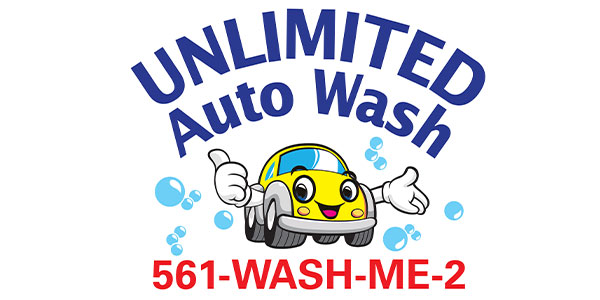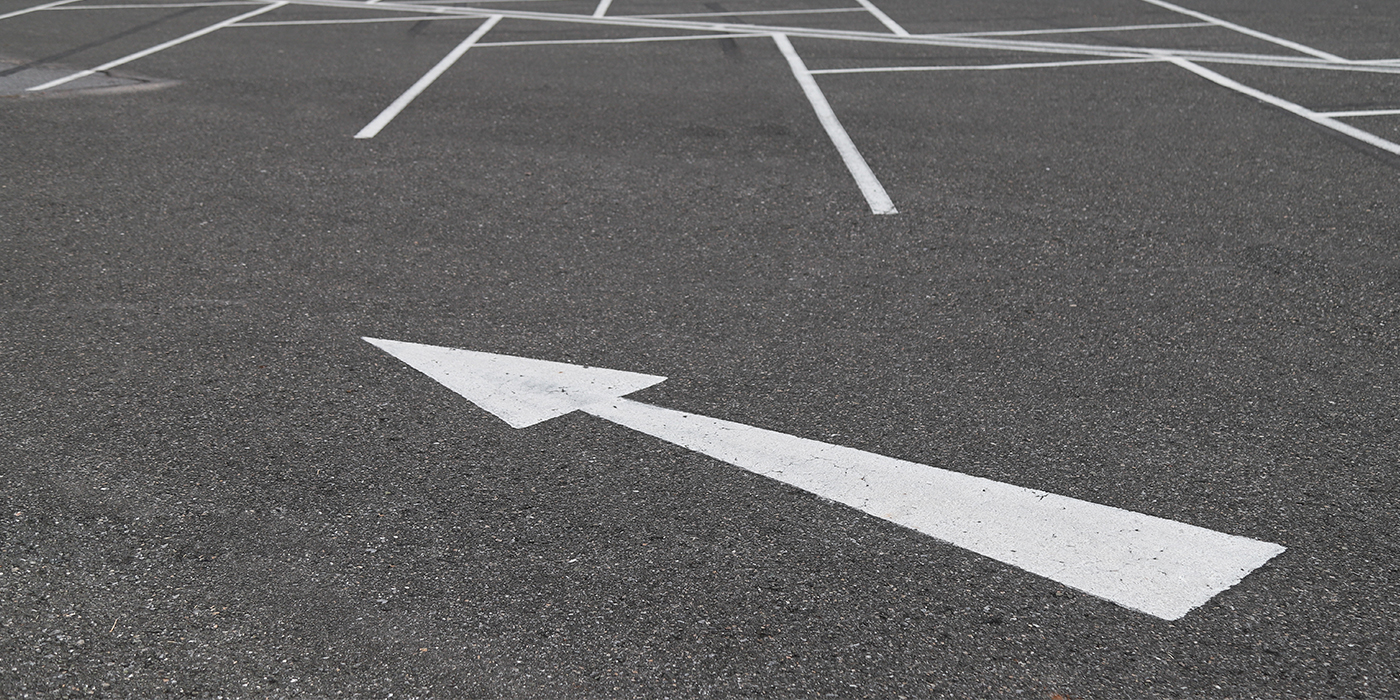Cleaning the belt
The second situation was a customer who was using a moving belt instead of a roller and chain conveyor to move cars through his wash. This customer was in an area where he would get a heavy dirt/snow loading on the belt and it would slow down and sometimes even stop the belt. With our past experience rinsing a chain for no good reason here was an opportunity to do some good.
As we had done with wash operator number one we directed nozzles to spray water in this case across the belt to clear the dirt and snow and lighten the load on the equipment moving the belt. As with the first example the reclamation unit was upsized in GPM to provide for this additional water demand. This chain/belt rinse is now an option requested nearly five percent of the time by our customers.
Self-cleaning trench
We were approached a couple of years later by a non-traditional wash operator. What made him non traditional? This was an operator who would not on a rain day lift up the grates on the conveyor trench and send the guy with the least seniority down into the pit dressed in rain boots and armed with a flat bottom shovel to muck out the dirt and mud that had accumulated in the trench. No, what operator number three wanted was a self cleaning trench. Gently sloping sides and a slightly steeper pitch toward the drain helped a little but were not enough. What was needed was an active, not passive, solution.
Most of the time the conveyor run signal also tells the water reclamation system to run, when it stops it means the wash and water running toward the drain has stopped. Here, with the cessation of the wash signal the water reclamation system would stay ramped up and open a solenoid to a manifold of nozzles, this time near the floor of the trench versus spraying on the chain. This combination will run for a set period of time, default time is 45 seconds; this is like rinsing down your drive way when the dirt is already moving and you are just helping it along. This has also become an option that is seeing more requests.
Resetting a reclaim tank
Earlier I referenced an example of what reclamation tanks should look like. They won’t always look like that, and in some early washes they won’t look like that at all. See the pictures for an example of wash operator number four’s existing tanking, in this case more of a trench, and the modifications that he performed to make it usable for a modern water reclamation system.
Adding plumbing connections
Tanking is the most common question for retro-fitting existing vehicle wash sites, like example number four needed to modify to make his tanking more usable. Operator number five, whose tanking was fine, needed to put in additional plumbing connections from the back room to the tanking to use the reclaim system to pressurize the output to the overflow.
Site number five had a unique situation where the overflow from the carwash was going to a storm drain versus a sanitary sewer, this greatly reduced the operator’s costs of water and sewer, but he needed a reclamation system to limit the amount of water discharging as well as using the reclamation system’s filtering capability to improve the quality of the water going to the storm drain. The solution included bringing an additional line from the reclamation system into the tank, which was greatly simplified by the tanks being just outside the wall of the equipment room. Floats were used to monitor the amount of water in the underground tanks. Now with a measured discharge of cleaner water than what would overflow out of the clarifier tanks on demand made this application a success.
I hope these little examples are of some help to you. If you have an issue with trying to reclaim and or reuse water in your vehicle wash application please contact your carwash equipment supplier and check with them to see how they can help you.
Charles Borchard is the Charles Borchard is the vice president of operations for New Wave Industries.













